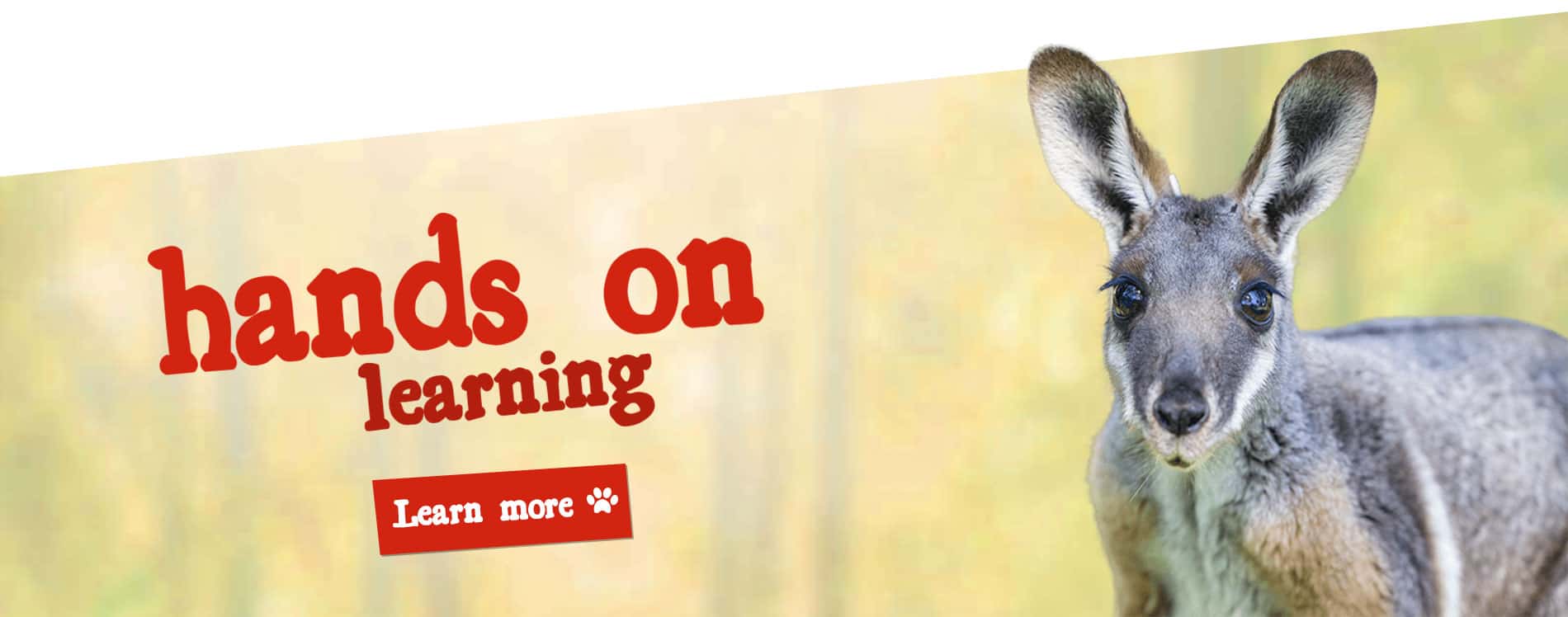What is involved in being a Zoo Keeper? What does a typical day involve?
Keepers have a very physical and time consuming job, but also the opportunity to get up close and form relationships with their animals which is a real privilege!
All our Keepers here at Zoos SA work from 8:00am til 5:00pm on a seven day roster, which generally means they have to work 2 of every 4 weekends (to make sure the animals are looked after every day) and get up to three or four days off at a time to make up for it.
A day in the life of a Keeper generally begins with feeding the animals. Keepers sometimes help prepare the food, but depending on the animal this may also be done by the assets team (for example, making bamboo cake for the Giant Pandas). Keepers often hide food in different places around the enclosure before the animals are let out from their night quarters, so they have to hunt for their food like they would in the wild. This is called behavioural enrichment and keeps the animals mentally stimulated.
Most of our animals go through a few hours of behaviour training with their Keepers every day. This involves things like training them to present their forearms for needles (so they know what to do when they have blood taken for their health checks), as well as more in-depth and ongoing training like how to behave and respond to certain actions from their Keepers. This builds trust between the Keepers and their animals.
Other tasks that keepers are required to carry out during each day include cleaning the enclosure and night quarters, record keeping (on things like the animal’s weight and feeding patterns to keep track of their health, as well as any unusual behaviours), and delivering talks and presentations to the public about their animals. Keepers also spend significant time on research and training for their animals.









